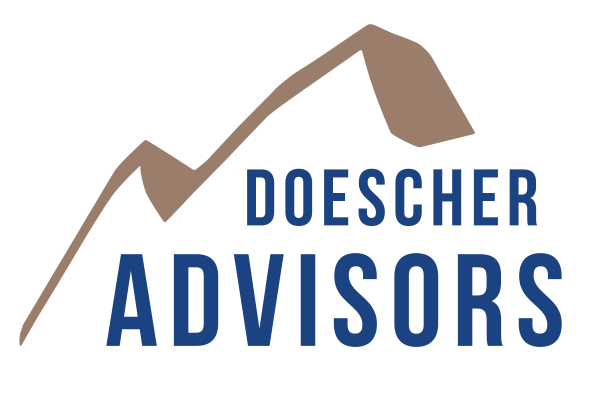Our Blog
The Execution Culture

As we learned in The 4 Disciplines of Execution, by Chris McChesney, Sean Covey, and Jim Huling, much time is focused on strategy and very little on execution. According to Christopher Elias and Mark Freier, authors of The Execution Culture, a successful plan is 5 percent ideas and 95 percent execution. Although I have commented before on many of the subjects covered in the book, the authors weave together culture and execution in a unique way. I debated blogging about their book but finally concluded that, at worst, it’s a fantastic refresher of “must-do” concepts. I’ll list my favorite takeaways and you can use them as a post-COVID (get back on track) checklist to see how your company is doing:
- They remind us of the difference between leadership and management (or supervision). Both are important, so know what you are or are not. For example, I’m not a very good manager/supervisor. Fortunately, in my first career the partners and staff I worked with required very little — but if I was a manufacturing plant supervisor, I would have struggled.
- Leaders need to be courageous. Many leaders “who are willing to fire when necessary” won’t. The authors go on to ask: If there’s a person who’s toxic to the company, are we truly willing to confront them and potentially terminate them?
- According to the authors, most companies have terrible hiring practices. I like the way they summarize the best candidates: They have great relationship “fit”; personality “fit”; and cognitive “fit.” I agree that the best word to guide new associate selection is “fit.” So, as the old saying goes, “Hire slow and fire fast!”
- As you look at your day, week, month, quarter, year, or life, ask this question: If I could only do one to three things, what would take me further than anything else toward reaching my goals? I’ve mentioned my mentor, Ken Kunkel, before as it relates to priorities. He always seemed to have an uncanny knack for doing the right things (most important) at the right time, no matter how long his to-do list was.
- Put the customer first. Honestly, how often, as a customer, do you feel like you come first? It’s not that complicated. The crazy-successful fast food joint, Chick-fil-A, follows the Core Four of Relational Leadership: 1) make eye contact; 2) smile; 3) speak enthusiastically; and 4) stay connected. It seems simple, but how often is that your experience?
- As a leader, are you willing to be vulnerable? Again, the authors would say that vulnerability is the greatest measure of strength. It’s a willingness to be wrong or be seen as imperfect, to ask questions, and to admit, “I don’t know!”
- Most research and studies show that successful people are people who choose to be positive.
- Great leaders have the courage to stay focused on an unwavering path, despite naysayers (within the company) or what the competition is doing. I cannot believe how often people ask about the competition. The concept of using a Blue Ocean strategy and Yellow Tail wine proved that was a mistake.
- As a leader, you must become laser-focused on holding people accountable to the right priorities that will yield the right results.
- The top six “soft” skills needed to be an effective leader are: Fearlessness, Proactiveness, Engagement, Knowing When to Lead, Knowing When to Manage, and Flexibility.
Hopefully, you identified one area for you to focus on this year.
Although there was no new aha moment for me in this book, I think it’s a good checkup tool and maybe will provide you with some topics for future leadership meetings.

